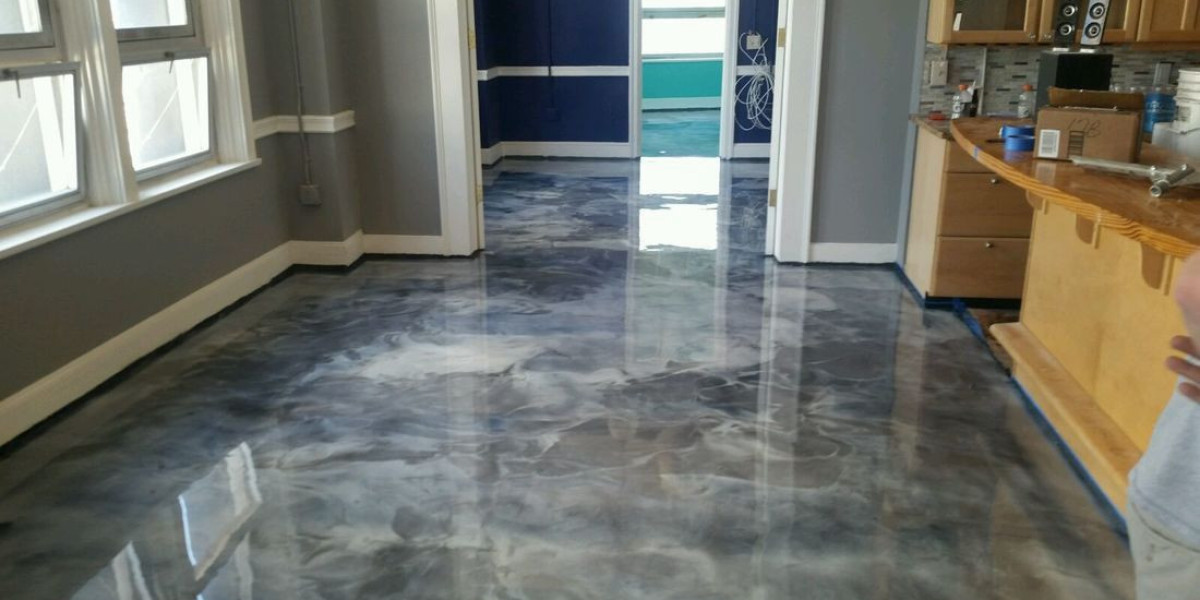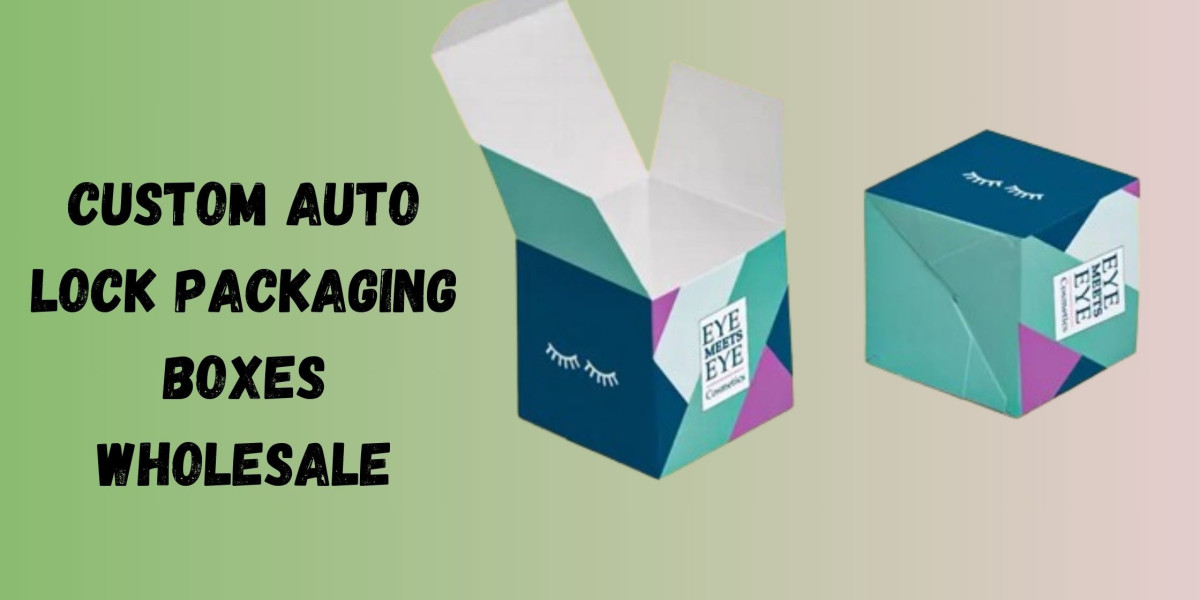Epoxy floors have become increasingly popular for both residential and commercial properties due to their durability, seamless appearance, and resistance to stains and chemicals. However, like any flooring material, epoxy surfaces require regular maintenance to keep them in pristine condition. Whether you're dealing with a garage, warehouse, or kitchen, proper cleaning and maintenance will extend the life of your epoxy flooring. In this comprehensive guide, we'll walk you through how to clean and maintain your epoxy floor to ensure it remains in peak condition for years to come.
Why Is Regular Maintenance Important for Epoxy Floors?
Epoxy floors are designed to withstand heavy traffic, spills, and the wear and tear that comes from daily use. However, even though they are extremely tough, neglecting regular cleaning can lead to a buildup of dirt, grease, and debris. This can affect the surface’s shine and even cause it to become slippery, creating potential hazards. Regular maintenance not only keeps the floor looking its best but also prevents unnecessary damage, ensuring its longevity.
How to Clean an Epoxy Floor: Step-by-Step Guide
1. Daily or Regular Sweeping
The first step in maintaining your epoxy floor is ensuring it stays free of dirt and debris. Dirt and small particles act like abrasives, scratching and dulling the surface over time. For areas with heavy foot or vehicular traffic, daily sweeping is highly recommended. You can use a soft-bristle broom or a dust mop to collect any loose particles. If you prefer, a vacuum cleaner with a soft brush attachment can also do the job.
2. Weekly Mop and Spot Cleaning
In addition to sweeping, performing a weekly mop will ensure your epoxy floor maintains its glossy appearance. For this, use a mild detergent mixed with warm water. Avoid harsh chemicals like ammonia or bleach, as these can degrade the epoxy’s finish. A microfiber mop works well to remove any stuck-on dirt or stains. If there are spots where grime or spills have dried, apply the soapy water directly to the area and let it sit for a few minutes before scrubbing.
Here’s a quick recipe for a gentle cleaning solution:
- 1 gallon of warm water
- 2-3 ounces of mild dish detergent (avoid citrus-based cleaners as they can cause dulling)
After mopping, rinse the floor with clean water to ensure no soap residue is left behind, which can make the surface slippery.
3. Deep Cleaning for Stubborn Stains
Despite regular sweeping and mopping, some stains may require a more intensive approach. Common culprits for tough stains on epoxy floors include oil, grease, and chemical spills.
To remove these stains:
- Use a degreaser or ammonia solution (mix ½ cup of ammonia with 1 gallon of hot water).
- Apply the solution to the stained area and let it sit for 5-10 minutes.
- Scrub gently with a soft-bristle brush or sponge.
- Rinse thoroughly with clean water to avoid leaving any cleaning product behind.
For tire marks, particularly in garages, you can use a commercial epoxy floor cleaner designed to break down rubber and grease. Always follow the manufacturer's instructions for application and rinsing.
4. Spills and Stain Prevention
Promptly cleaning up spills is crucial to prevent any potential staining or chemical damage. Although epoxy floors are resistant to most spills, especially chemicals like oils and fuels, leaving them for extended periods can lead to discoloration or dulling of the surface.
Here’s how to handle different spills:
- Oil and Grease: Wipe away immediately with a clean cloth. For heavier spills, use a degreaser as mentioned earlier.
- Chemical Spills: Ensure you follow safety precautions. Blot up with paper towels or a mop, then use a water and detergent mix to clean the area.
- Food and Beverage Spills: These can be cleaned with a damp mop or microfiber cloth dipped in soapy water. Rinse thoroughly to avoid stickiness.
5. Using Mats and Rugs to Minimize Wear
To further extend the lifespan of your epoxy floor, place mats or rugs in areas of high traffic or where potential spills may occur, such as entrances, exits, or under vehicles. These mats will catch dirt, debris, and moisture, reducing the risk of damage. Choose non-abrasive, non-slip mats that won’t scratch the floor surface.
Best Practices for Maintaining Your Epoxy Floor
1. Avoid Abrasive Cleaning Tools
When cleaning, never use abrasive tools like scouring pads, metal brushes, or harsh chemicals like bleach or acidic cleaners. These can scratch the epoxy surface, causing it to lose its sheen or, worse, eroding the coating altogether.
2. Recoating Your Epoxy Floor
Over time, even with meticulous care, epoxy floors may begin to lose their original gloss. When this happens, you can consider applying a fresh coat of epoxy to restore its appearance and protection. Depending on the level of wear, this might be necessary every 2-5 years.
For optimal results, follow these steps:
- Thoroughly clean the floor, removing all dirt, dust, and stains.
- Sand the surface lightly to ensure the new epoxy adheres properly.
- Apply a new epoxy coat following the manufacturer’s guidelines.
This will give your floor a refreshed, glossy look, while also adding a protective layer.
3. Dealing with Scratches and Minor Damage
While epoxy floors are incredibly durable, they are not completely immune to scratches or gouges, especially in areas with heavy equipment or vehicular traffic. Small scratches can be polished out using a buffer and a polishing compound. For deeper gouges, consult a professional who can repair the damaged section and reseal it with a new epoxy coat.
4. Avoid Dragging Heavy Objects
Dragging heavy objects across an epoxy floor can lead to scratches or gouges. To prevent this, always lift and move items carefully or use protective sliders under furniture, machinery, or vehicles.
Conclusion
Maintaining an epoxy floor is relatively simple with regular cleaning, prompt spill management, and occasional deep cleaning. By following the guidelines outlined above, you’ll not only preserve the beauty and durability of your epoxy floor but also prevent any long-term damage. Regular upkeep ensures your investment remains in top condition, providing a glossy, safe, and attractive surface for years to come.






